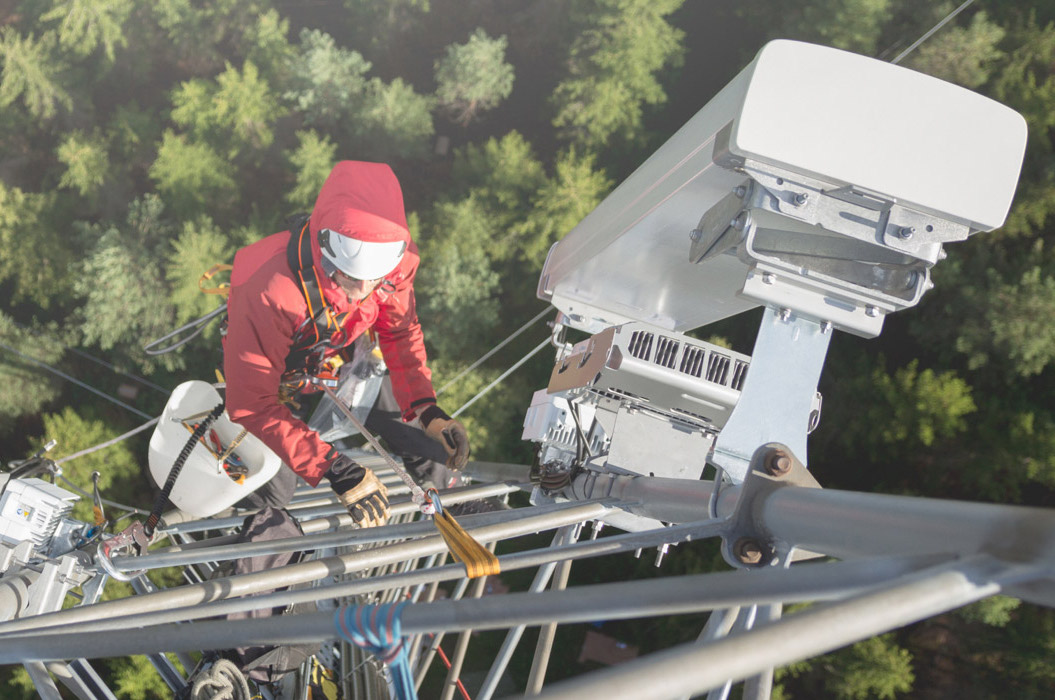Kazakhstan 3.6 GHz Spectrum Auction
The Ministry of Digital Development, Innovations and Aerospace Industry of the Republic of Kazakhstan recently announced the results of their spectrum auction for two 100 MHz lots of 3.6 GHz spectrum. The spectrum was acquired by a consortium formed by mobile operators Kcell and Mobile Telecom Service (Tele2-Altel), both part of the Kazakhtelecom Group.
The Kazakhstan 3.6 GHz Spectrum Auction, held by the Ministry of Digital Development, Innovations, and Aerospace Industry, recently concluded with surprising outcomes. A consortium led by Kcell and Tele2-Altel acquired the spectrum, which is crucial for 5G deployment, for a total of US$ 336 million. However, the prices paid were exceptionally high, exceeding benchmarks by 79% and 167% for the two lots.

This commentary raises concerns about the auction design and its impact on competition in the mobile market. With only 200 MHz available and three major players, the decision to auction in two lots of 100 MHz each created artificial scarcity, contrary to industry best practices. Additionally, the absence of spectrum caps increased risks for bidders and also contributed to what the report terms as “blocking value.”
Related insights
The sequential auction process, without spectrum caps, allowed the consortium to block a competitor in the final auction, leading to inflated prices. The report emphasises that the high prices achieved may damage the competitive landscape, adversely affecting consumer welfare in the long term.
To address these issues, the report suggests that smaller lot sizes, spectrum caps, and a simultaneous auction format could have achieved a better outcome. The report urges the Ministry to swiftly auction the remaining spectrum with tight caps to rectify the current imbalance. Furthermore, it advises against using the recent high auction prices, which were influenced by artificial scarcity, as a basis for future reserve prices.
In conclusion, the report encourages the Ministry to consider alternative auction approaches, that balance revenue objectives with competition concerns, to ensure a fair and economically efficient distribution of spectrum.
Other insights

The European 5G Fairytale
For years, European policymakers and telecom operators have touted the impressive figure: “89% 5G coverage of populated areas.” On paper, this paints a picture of near-ubiquitous, high-speed connectivity. Scratch the surface however, and the reality looks quite different.

Maximising Shareholder Value in Spectrum Auctions
Spectrum auctions, while common in the telecom industry, are complex and high-risk events that can significantly influence a company’s long-term performance. Missteps, especially vague auction objectives and poor valuation discipline, can lead to substantial destruction of shareholder value.

Spectrum and Regulatory Challenges Related to eVTOLS
Electric Vertical Take-Off and Landing (eVTOL) aircraft are poised to revolutionise urban mobility, with commercial operations expected to begin as early as 2025 and significant growth anticipated by the 2030s.

Future of the UHF Band after 2024: An Analysis of Options in the UK
Coleago Consulting in collaboration with its client, the UK Spectrum Policy Forum, has released a landmark report, “Future of the UHF Band After 2034,” setting out a detailed assessment of the United Kingdom’s Ultra High Frequency (UHF) spectrum landscape. The report looks at the industry trends and the critical trade-offs required to balance the needs of Digital Terrestrial Television (DTT), Mobile Communications, and Programme Making and Special Events (PMSE).

The Polish 700 and 800 MHz Spectrum Auction: Insights and Global Lessons
Poland’s final low-band spectrum auction marks a pivotal moment in Europe’s 5G rollout, offering key lessons in auction design, cross-border coordination, and strategic spectrum management.

The Case for Strategic Spectrum Renewal
As spectrum licences approach their expiry date, a strategic approach to spectrum renewal is crucial. Traditional presumption of renewal in favour of incumbents may no longer serve the industry’s needs. Instead, a more strategic approach to renewal can optimise spectrum assignments and improve spectral efficiency by up to 40%.